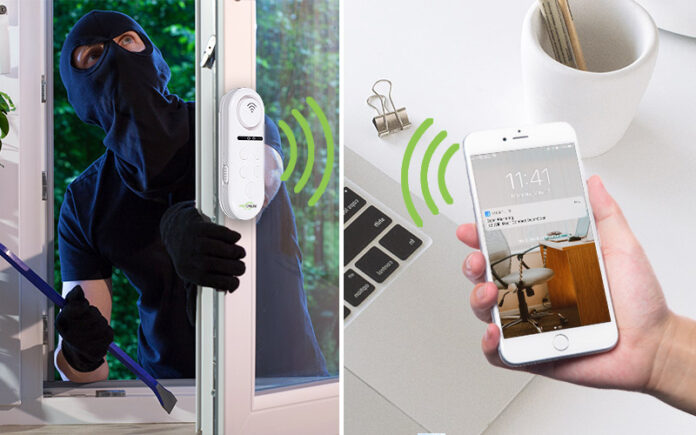Imagine waking up to the gentle hum of your favorite coffee brewing, the perfect temperature already set for your morning shower, and the lights gradually brightening to greet you. This isn’t a scene from a futuristic movie—it’s the reality of smart home devices technology. With smart devices becoming increasingly integral to our daily lives, choosing the right one can feel like navigating a maze. But don’t worry; by understanding your needs and leveraging the right information, you can select a device that enhances your lifestyle without overwhelming your budget.
Understanding Your Smart Home Needs
The first step in choosing a valuable smart home device is to clearly define what you want to achieve. Are you looking to enhance security, streamline daily routines, or save on energy costs? According to a 2023 report by Statista, the global smart home market is projected to reach $163 billion by 2025, driven by increasing consumer demand for convenience, energy efficiency, and security (Statista, 2023). This statistic underscores the growing popularity and variety of smart home devices available, making it essential to pinpoint your priorities.
Identify Your Core Needs
- Security: If safety is your primary concern, smart security systems and cameras are worth considering. Devices like the Ring Video Doorbell or Google Nest Cam provide real-time monitoring and alerts. A 2024 study by MarketsandMarkets found that smart security systems are expected to grow at a compound annual growth rate (CAGR) of 26.4% from 2023 to 2028 (MarketsandMarkets, 2024).
- Energy Efficiency: For those interested in reducing energy consumption, smart thermostats and lighting systems are valuable. The Nest Learning Thermostat, for example, can help reduce heating and cooling costs by learning your schedule and adjusting temperatures accordingly. According to the U.S. Department of Energy, smart thermostats can save homeowners between 10% and 12% on heating and 15% on cooling (U.S. DOE, 2024).
- Convenience: Smart speakers and hubs like Amazon Echo or Google Home can simplify everyday tasks, such as controlling other smart devices, setting reminders, or playing music. A 2023 survey by Deloitte found that 60% of smart speaker owners use their devices to manage home automation tasks, highlighting their role in enhancing convenience (Deloitte, 2023).
Research and Compare
With a clearer understanding of your needs, it’s time to research and compare options. Here are some key factors to consider:
- Compatibility: Ensure the device integrates well with your existing technology. For example, if you already use Apple products, a smart device compatible with Apple HomeKit will seamlessly fit into your ecosystem.
- Ease of Use: Look for devices with intuitive interfaces and user-friendly apps. Reviews and product demonstrations can provide insights into how easy it is to set up and operate each device.
- Cost vs. Value: Consider both the upfront cost and long-term benefits. Sometimes spending a little more initially can lead to significant savings and added convenience over time.
- Customer Support and Updates: Choose brands known for good customer service and regular software updates. This ensures your device remains functional and secure over its lifespan.
Make an Informed Decision
Finally, leverage customer reviews and expert opinions to make your final decision. According to a 2024 Consumer Reports survey, 78% of consumers trust online reviews and ratings when purchasing smart home devices (Consumer Reports, 2024). These insights can help you gauge the reliability and performance of different options.
Conclusion
Selecting the right smart home device involves more than just browsing through the latest gadgets. By understanding your specific needs, researching thoroughly, and comparing your options, you can find a device that enhances your home while fitting within your budget. The world of smart home technology is vast and ever-evolving, but with a clear plan and informed choices, you can turn your home into a more secure, efficient, and convenient place.
